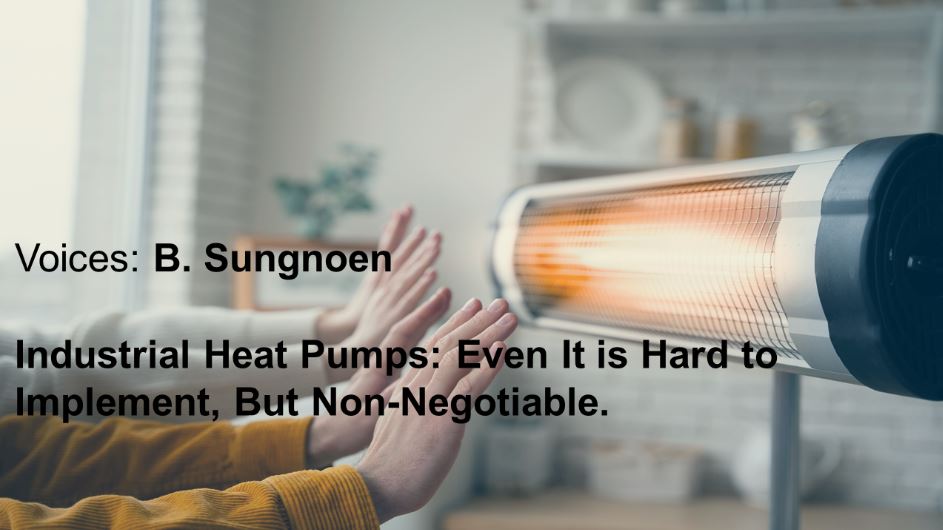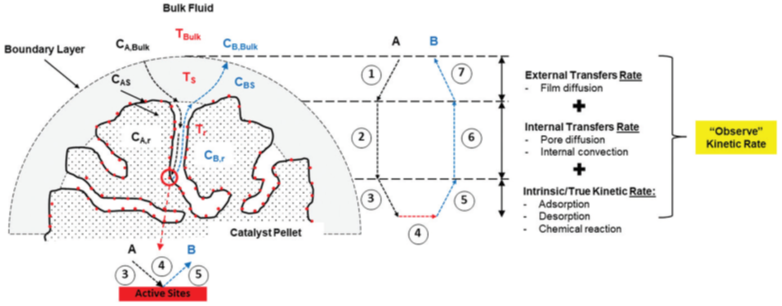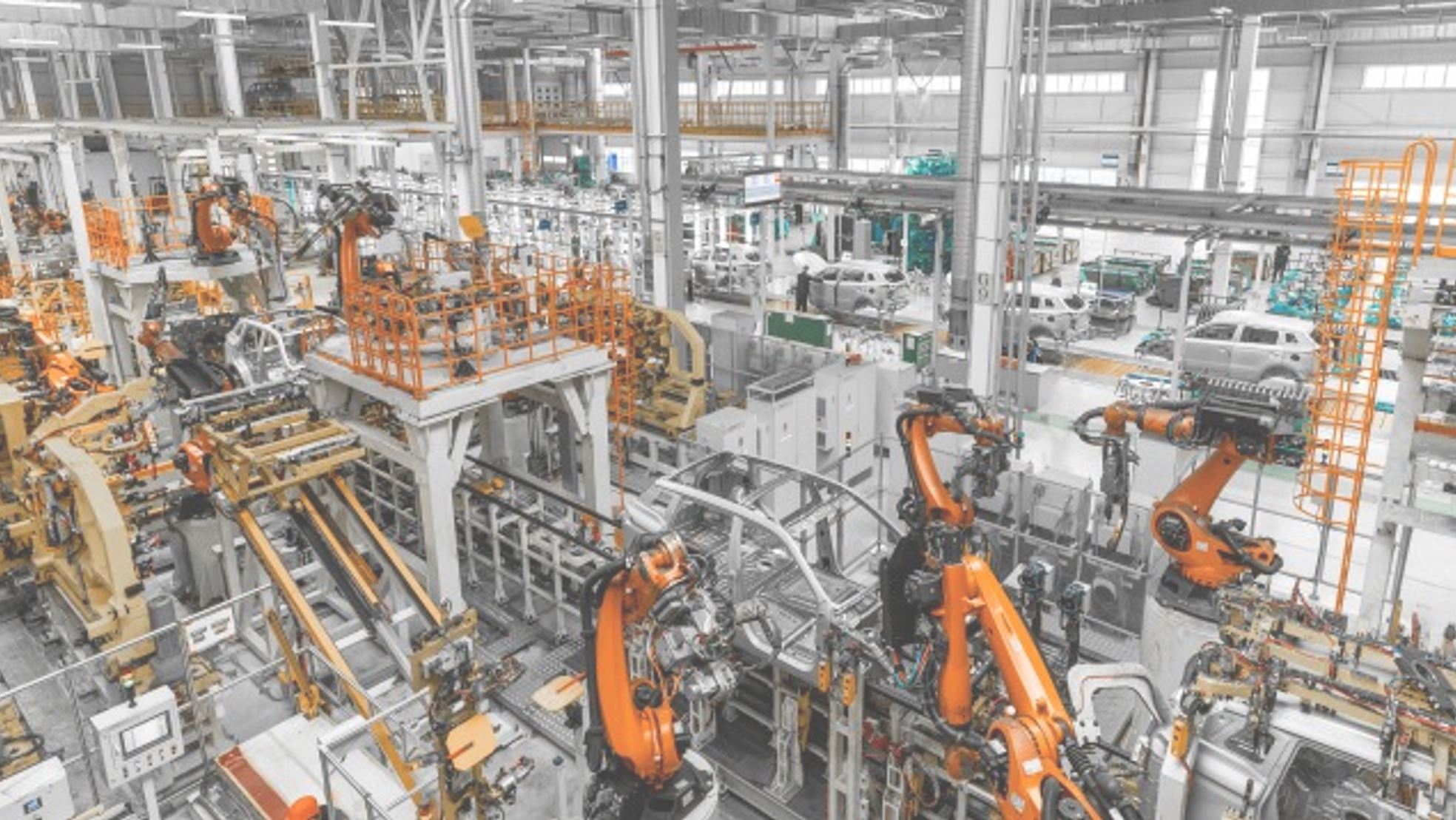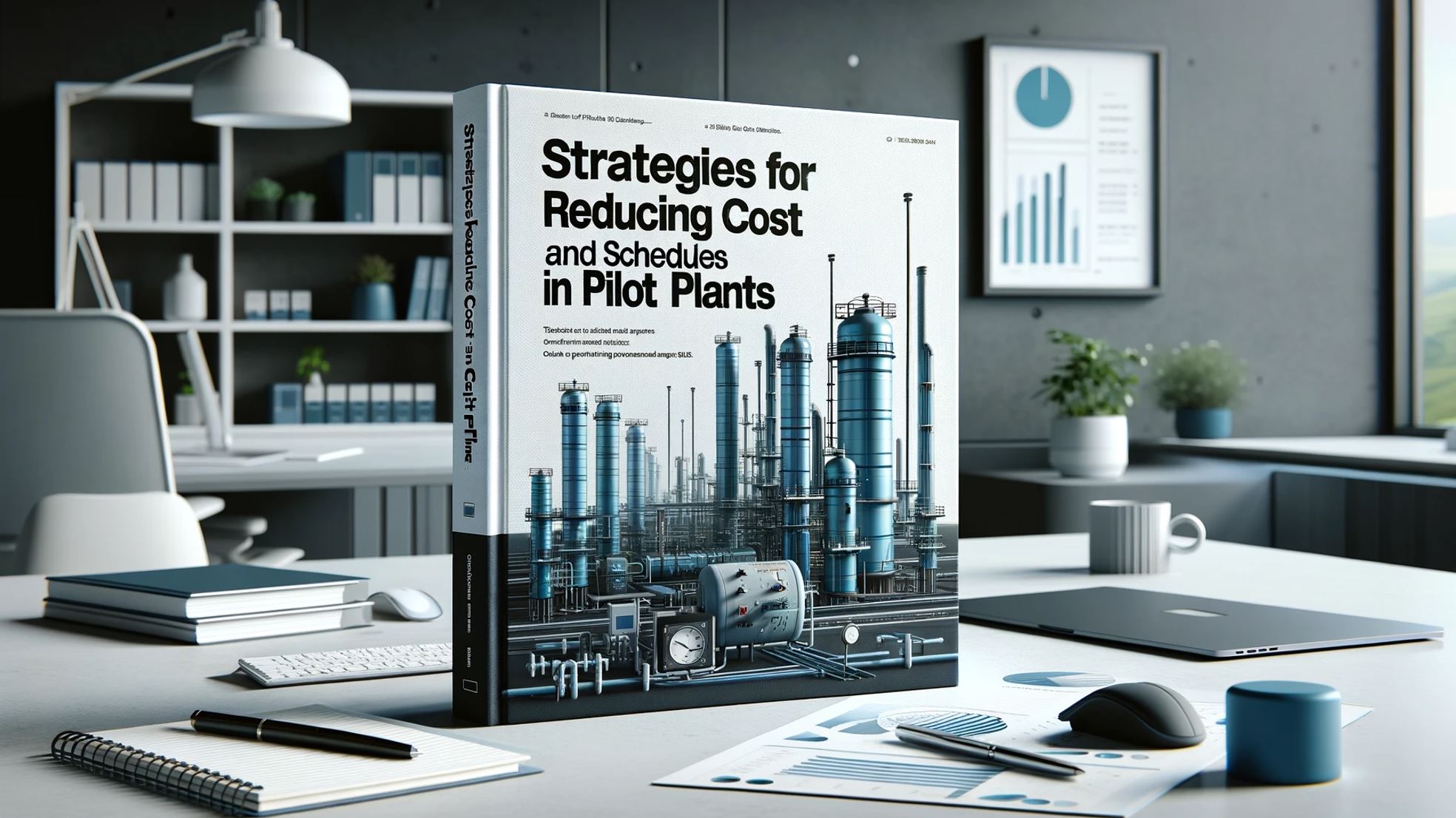

The Green Premium refers to the additional cost associated with choosing a product, service, or method of production that is environmentally friendly compared to a less sustainable option. The concept is discussions about transitioning to a low-carbon economy. The term was popularized by Bill Gates to highlight the cost differential between green and non-green products and services, and it serves as an indicator of how far we need to go to make sustainable options more economically viable.
The Green Premium quantifies the extra amount that must be paid to avoid greenhouse.
This premium reflects not just the direct costs of the products but also the broader environmental and societal costs or savings associated with their production, use, and end-of-life disposal.
Some of key benefits might be concluded as:
For Businesses
For Consumers & Society
Benefiting from a “Green Premium” involves paying extra for environmentally friendly options, reducing emissions and resource conservation, improving public, innovation and job creation in green industries. it still have dificulty to implementation and limitaions.
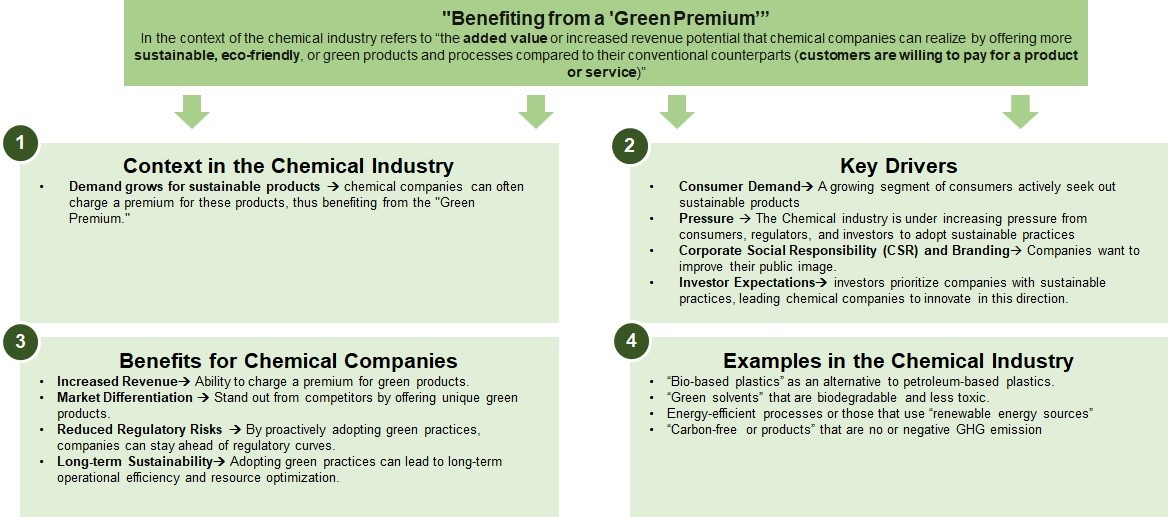
The views and opinions expressed in this Linkedin article are solely my own and do not represent the views or opinions of my current employer. This article is a personal reflection and does not involve any proprietary or confidential information from my current company. Any similarities in ideas or concepts presented in this article to my current company’s work are purely coincidental.





